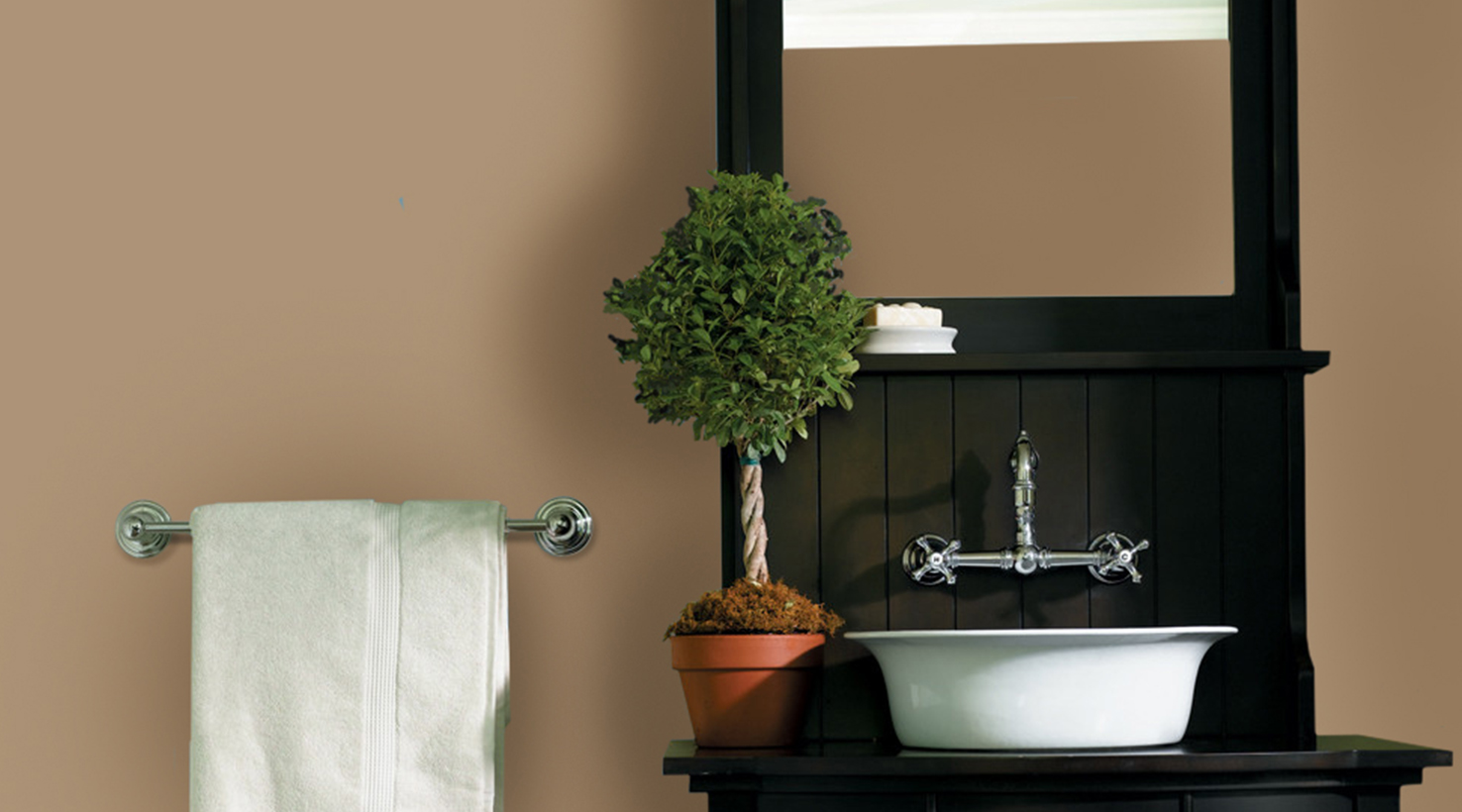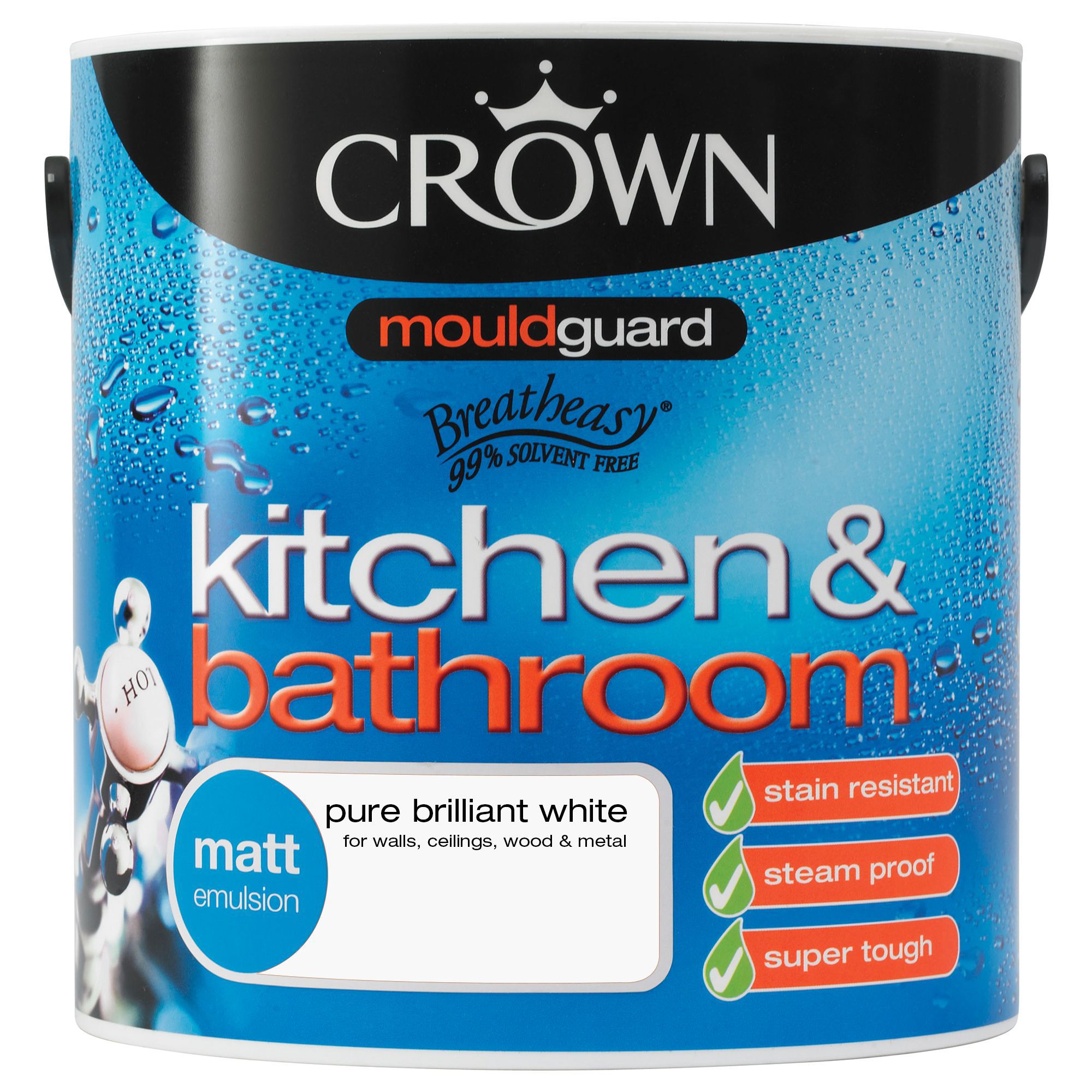Popular Bathroom Paint Colors of 2016
The year 2016 witnessed a surge in popularity for certain bathroom paint colors, reflecting a shift in design preferences and the influence of prevailing trends. These colors, characterized by their versatility, calming effects, and ability to create a sense of serenity, became highly sought after for bathroom spaces.
Bathroom Paint Colors of 2016
The top 10 most popular bathroom paint colors in 2016 were:
- White: A timeless classic, white remains a popular choice for bathrooms, offering a sense of cleanliness, spaciousness, and versatility. It acts as a blank canvas, allowing other elements, such as fixtures, tiles, and accessories, to stand out.
- Gray: Gray, in its various shades, from light to dark, emerged as a popular alternative to white, providing a sophisticated and calming ambiance. It complements a wide range of design styles, from contemporary to traditional.
- Light Blue: Evoking a sense of tranquility and serenity, light blue, often associated with water and sky, created a relaxing and spa-like atmosphere. It was particularly popular in bathrooms with natural light.
- Pale Green: A refreshing and invigorating color, pale green, often reminiscent of nature, brought a touch of vibrancy and freshness to bathroom spaces. It was well-suited for creating a spa-like sanctuary.
- Beige: A warm and neutral color, beige provided a sense of comfort and sophistication. It complemented a wide range of bathroom styles and offered a versatile backdrop for other design elements.
- Taupe: A versatile neutral color, taupe, with its subtle brown and gray undertones, created a sophisticated and calming ambiance. It was a popular choice for creating a sense of warmth and elegance.
- Light Lavender: A soothing and relaxing color, light lavender brought a touch of tranquility and elegance to bathroom spaces. It was often used to create a spa-like atmosphere.
- Soft Yellow: A cheerful and uplifting color, soft yellow, often associated with sunshine and happiness, added a touch of warmth and vibrancy to bathroom spaces. It was well-suited for creating a welcoming and cheerful atmosphere.
- Light Pink: A delicate and feminine color, light pink brought a touch of romance and softness to bathroom spaces. It was often used to create a relaxing and spa-like atmosphere.
- Light Teal: A refreshing and invigorating color, light teal, with its blue and green undertones, added a touch of vibrancy and freshness to bathroom spaces. It was often used to create a spa-like sanctuary.
Influences on Bathroom Paint Color Trends, Bathroom paint colors 2016
The popularity of these colors was influenced by several factors:
- The rise of minimalist design: Minimalist design principles, emphasizing simplicity, functionality, and clean lines, favored neutral colors like white and gray, creating a sense of spaciousness and tranquility.
- The spa-like bathroom trend: The growing desire for spa-like bathroom experiences fueled the popularity of calming and soothing colors, such as light blue, pale green, and lavender. These colors created a sense of serenity and relaxation.
- The focus on natural elements: The trend of incorporating natural elements into bathroom design, such as wood, stone, and plants, influenced the choice of colors. Pale green, beige, and taupe were often used to complement these natural elements.
- The increasing popularity of wellness: The growing emphasis on wellness and self-care contributed to the popularity of colors that promoted relaxation and tranquility, such as light blue, lavender, and pale green.
Color Psychology and Bathroom Design

The bathroom, a space for rejuvenation and relaxation, is often overlooked in terms of its potential to influence mood and well-being. Color psychology plays a significant role in creating the desired atmosphere within this sanctuary. Understanding how different colors affect our emotions and perceptions can guide us in designing a bathroom that promotes tranquility and fosters a sense of calm.
The Impact of Color on Mood and Perception
Color psychology explores the relationship between colors and human emotions, behaviors, and perceptions. In the context of bathroom design, colors can influence our mood, sense of space, and even our perception of cleanliness.
- Warm Colors: Warm colors, such as red, orange, and yellow, evoke feelings of energy, excitement, and warmth. While these colors can create a lively and inviting atmosphere, they may not be ideal for a space intended for relaxation. Excessive use of warm colors can lead to feelings of agitation and restlessness, hindering the desired sense of tranquility.
- Cool Colors: Cool colors, including blue, green, and purple, are often associated with calmness, serenity, and peace. These colors have a soothing effect on the mind and body, making them ideal for creating a relaxing bathroom environment. Cool colors can also create a sense of spaciousness, particularly in smaller bathrooms.
- Neutral Colors: Neutral colors like white, gray, and beige provide a clean and minimalist aesthetic. They serve as a blank canvas, allowing other elements, such as decorative accents or natural light, to take center stage. Neutral colors can also create a sense of spaciousness and enhance the perception of cleanliness.
Comparing Cool and Warm Colors in Bathroom Ambiance
Cool and warm colors offer distinct advantages and disadvantages in bathroom design. Cool colors, with their calming and serene qualities, are generally preferred for bathrooms, as they promote relaxation and a sense of well-being. However, excessive use of cool colors can create a sterile or cold atmosphere, especially in bathrooms with limited natural light.
Warm colors, while not typically recommended for bathrooms, can be strategically incorporated to create a sense of warmth and energy. For instance, a touch of orange in the form of towels or accessories can add a vibrant accent to a predominantly cool-toned bathroom. However, it is crucial to use warm colors sparingly to avoid disrupting the overall calming effect.
Designing a Relaxing Bathroom Color Palette
To create a bathroom that promotes relaxation and rejuvenation, consider incorporating the following color psychology principles:
- Dominant Color: Choose a cool color as the dominant color for the walls, such as a soft blue or a calming green. This will establish a serene and tranquil foundation for the space.
- Accent Colors: Introduce accent colors, such as warm neutrals like beige or brown, through accessories, towels, or artwork. These accents can add warmth and depth to the space without overwhelming the calming effect of the dominant cool color.
- Natural Light: Maximize natural light by using light-colored window treatments or opting for a translucent shower curtain. Natural light enhances the perception of spaciousness and contributes to a brighter and more inviting atmosphere.
- Consider the Size of the Bathroom: In smaller bathrooms, lighter shades of cool colors can create a sense of spaciousness. In larger bathrooms, deeper shades of cool colors can add a touch of sophistication and drama.
“The bathroom should be a sanctuary, a space where you can unwind and escape the stresses of daily life. By understanding the principles of color psychology, you can design a bathroom that promotes relaxation, rejuvenation, and a sense of well-being.”
Bathroom Paint Color Ideas for Different Styles: Bathroom Paint Colors 2016

Choosing the right paint colors for your bathroom can significantly impact the overall look and feel of the space. By carefully considering the design style you are aiming for, you can select colors that complement the existing elements and create a cohesive and visually appealing bathroom.
Bathroom Paint Color Ideas for Different Styles
The following table provides a range of paint color ideas for various bathroom design styles. It is important to note that these are just suggestions, and you can always adjust the colors based on your personal preferences and the specific features of your bathroom.
| Design Style | Wall Color | Accent Color | Trim Color |
|---|---|---|---|
| Modern | White, Gray, Light Blue | Black, Dark Gray, Metallic Gold | White, Black |
| Contemporary | Taupe, Charcoal, Deep Blue | White, Yellow, Orange | White, Black |
| Traditional | Cream, Beige, Pale Green | Gold, Silver, Brown | White, Off-White |
| Rustic | Brown, Green, Tan | Red, Orange, Yellow | White, Off-White |
| Tropical | Aqua, Teal, Turquoise | Yellow, Orange, Pink | White, Off-White |
Color Choices Enhance Bathroom Design Styles
Color plays a crucial role in enhancing specific bathroom design styles. For instance, using cool colors like blue and green can create a calming and spa-like atmosphere in a modern bathroom. Warm colors like yellow and orange can add energy and vibrancy to a contemporary bathroom. In a traditional bathroom, neutral colors like cream and beige can create a classic and timeless feel.
Using Color to Create a Cohesive and Visually Appealing Bathroom Space
To create a cohesive and visually appealing bathroom space, it is essential to consider the overall color scheme. This includes the paint colors, tile colors, and the colors of any fixtures and accessories. For example, if you choose a neutral wall color like white, you can add pops of color with towels, rugs, and artwork. You can also use color to create a sense of depth and dimension. For example, painting the walls a darker shade than the trim can make the ceiling appear higher.

